There is no item in your cart
India is a land of rich culinary heritage, with every region offering a unique variety of sweets that reflect the culture and traditions of that area. From the milky delights of the north to the syrupy wonders of the south, Indian sweets have always been a favorite part of festivals, celebrations, and daily indulgence. While ghee has traditionally been the go-to fat for making sweets, groundnut oil (also known as peanut oil) is increasingly being used as a healthier and lighter alternative, without compromising on taste or texture.
Let’s take a look at some popular Indian sweets that can be made with groundnut oil.
1. Jalebi
Jalebi is a famous crispy, syrup-soaked sweet that can be found at almost every Indian festival or street corner. It’s made by deep-frying flour batter in the shape of pretzels or spirals and then soaking them in warm sugar syrup flavored with saffron and rose water.
Using groundnut oil to fry the jalebis gives them an extra crunch and a clean, crisp texture. The neutral flavor of the oil doesn’t overpower the sweetness of the syrup, allowing the flavor of the traditional spice mix to shine through.
Tip: Ensure the oil temperature is just right — too hot and the jalebis will brown too quickly, too cold and they won’t crisp up properly.

2. Laddoo (Ladoo)
Laddoos are round sweets made from various ingredients like flour, nuts, and sugar. Some of the most popular varieties, like besan laddoo (made from chickpea flour) or suji laddoo (made from semolina), can be made with groundnut oil instead of ghee.
The advantage of using groundnut oil is that it imparts a subtle nutty flavor, which complements the sweetness of the laddoos. It also makes the laddoos lighter while still maintaining their signature crumbly texture.
Tip: When roasting the flour (like in besan laddoo), use low to medium heat to avoid burning the oil and creating a bitter taste.
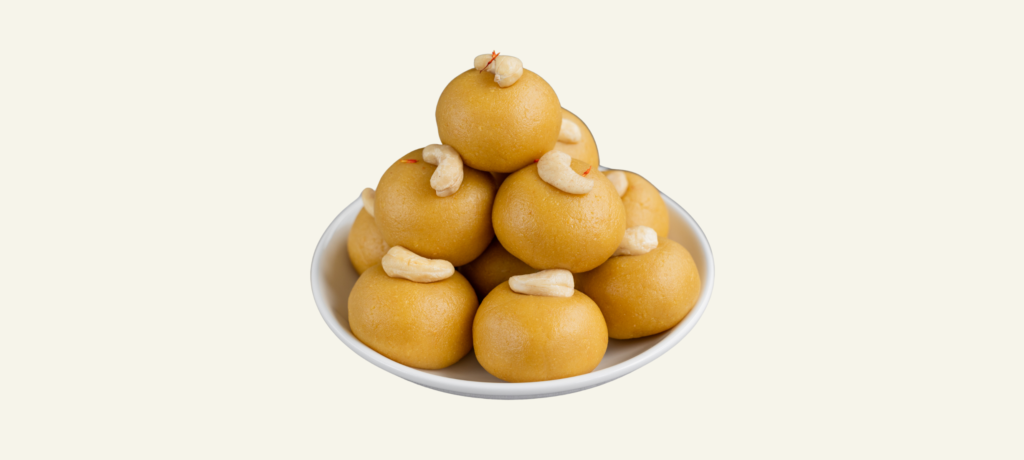
3. Kachori
Though not traditionally considered a sweet, Kachori is a beloved snack in India and can be made into a sweet version. These crispy, flaky dough pockets are usually filled with spiced ingredients like lentils, peas, or potatoes. However, for the sweet variety, you can use a filling made from jaggery and coconut or khoya (reduced milk).
The dough for sweet kachoris can be made using groundnut oil, which helps create a crispy and light texture. Frying the kachoris in groundnut oil ensures they puff up beautifully and absorb less oil.
Tip: If you’re making sweet kachoris, ensure that the sugar or jaggery filling is not too liquid, as it can seep out during frying.
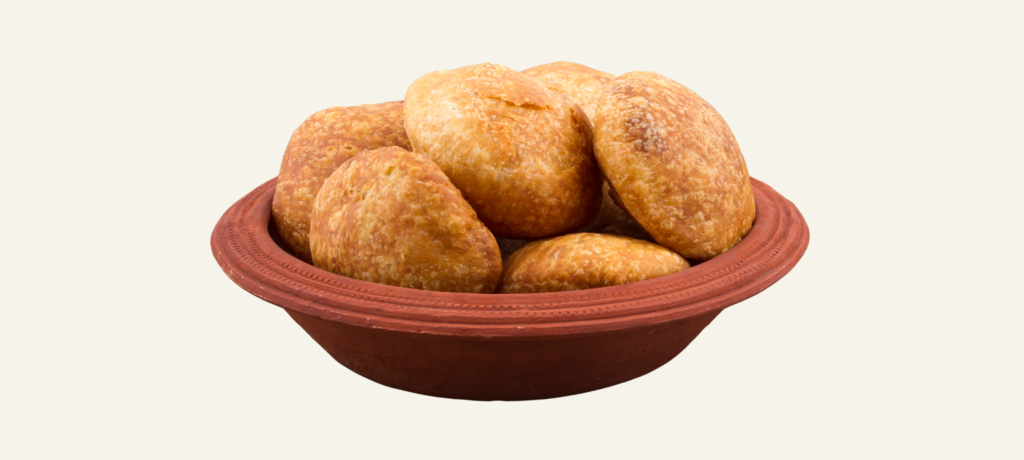
4. Moong Dal Halwa
Moong Dal Halwa is a rich, decadent dessert made from moong dal (yellow split lentils), ghee, sugar, and cardamom. For a slightly healthier take, you can use groundnut oil in place of ghee. The result is a halwa that still retains its smooth, creamy texture and nutty flavor but without the heaviness of ghee.
Tip: Sauté the moong dal in groundnut oil until it turns golden, then cook it with milk and sugar for the perfect consistency.

5. Mysore Pak
Mysore Pak is a rich, melt-in-your-mouth sweet originating from the southern part of India, particularly from the city of Mysore in Karnataka. Traditionally made with ghee, this sweet requires a careful balance of ingredients, as the key to its texture lies in the right consistency of the sugar syrup and the amount of ghee used.
By substituting groundnut oil for ghee, you can achieve a lighter version of Mysore Pak without compromising its signature meltiness. The groundnut oil imparts a mild, nutty flavor that complements the roasted gram flour (besan) and sugar, making it just as decadent, but with a more subtle richness.
Tip: When making Mysore Pak with groundnut oil, be sure to roast the gram flour in the oil until it’s aromatic. This step is crucial in achieving that silky smooth texture that Mysore Pak is known for.
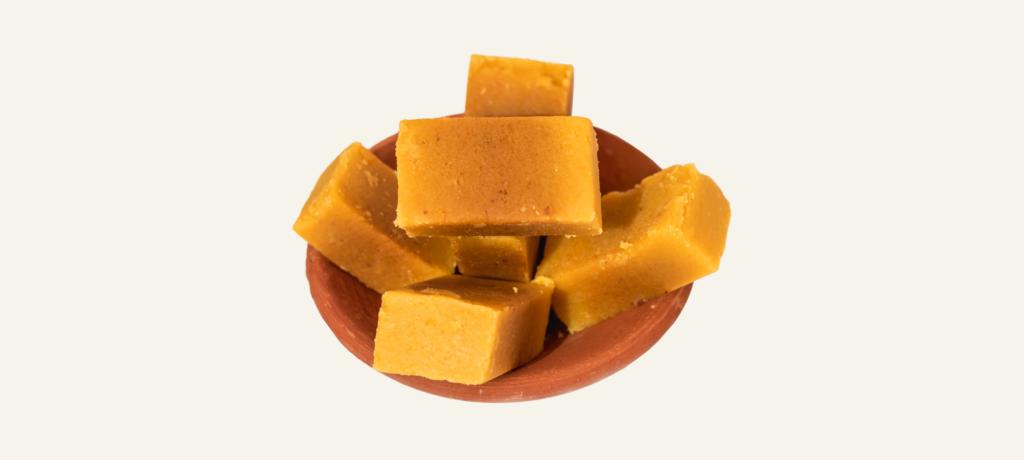
6. Barfi
Barfi is a popular Indian sweet that comes in many variations, from khoya barfi (made with reduced milk) to coconut barfi, moong dal barfi, and even chocolate barfi. The basic preparation involves cooking ingredients like milk, sugar, and flavorings (like cardamom, saffron, or nuts) until they come together into a soft, fudgy consistency.
While ghee is often used to grease the pan or incorporate into the mixture, groundnut oil can be a great substitute to make the barfi a little lighter and smoother. The neutral flavor of groundnut oil doesn’t overpower the richness of the barfi, making it a great choice for those looking for a healthier option.
Tip: When making coconut barfi or moong dal barfi, using groundnut oil can help bind the ingredients together and give the barfi a slightly firmer texture. You can grease the pan lightly with the oil to prevent the barfi from sticking.
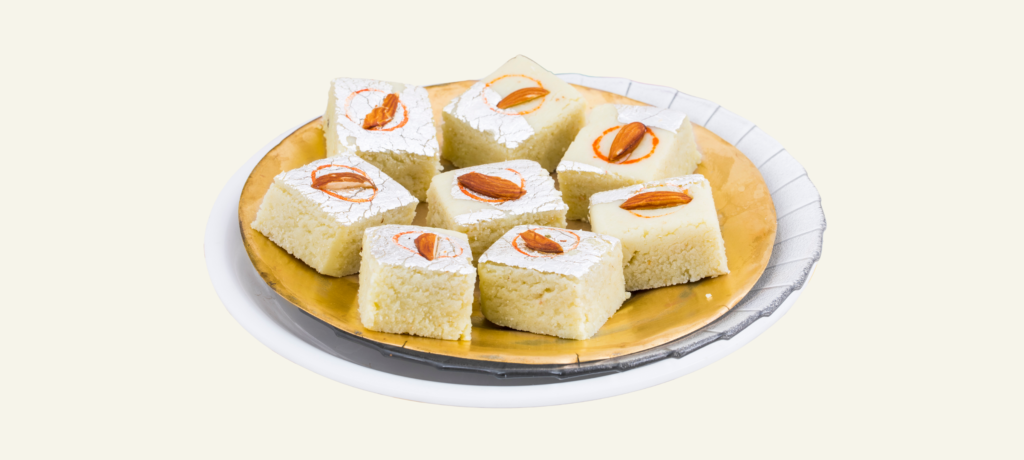
7.Puran Poli
Puran Poli is a traditional Maharashtrian sweet flatbread filled with a mixture of jaggery and chana dal (split chickpeas). The dough for the poli can be prepared using groundnut oil instead of ghee. This makes the dough soft and pliable while still providing a slight crispness when the puran poli is pan-fried.
Tip: Use groundnut oil for a lighter version of this traditionally ghee-laden sweet.
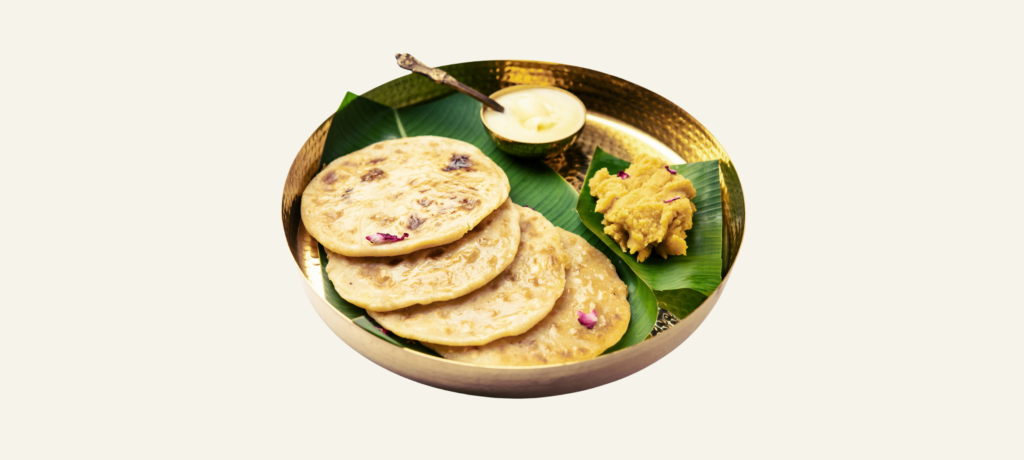
Conclusion
Indian sweets are cherished for their complex flavors and textures. While ghee has been the traditional fat used in many recipes, groundnut oil offers a lighter, healthier alternative without sacrificing taste. Whether you’re preparing crispy jalebis, barfi, or rich moong dal halwa, groundnut oil can enhance the flavor and texture of these beloved treats.
So, the next time you’re in the kitchen making your favorite Indian sweets, give groundnut oil a try! You’ll be pleasantly surprised by the nutty depth it adds, making your desserts not only tastier but also a bit more nutritious. Happy cooking and indulging!

